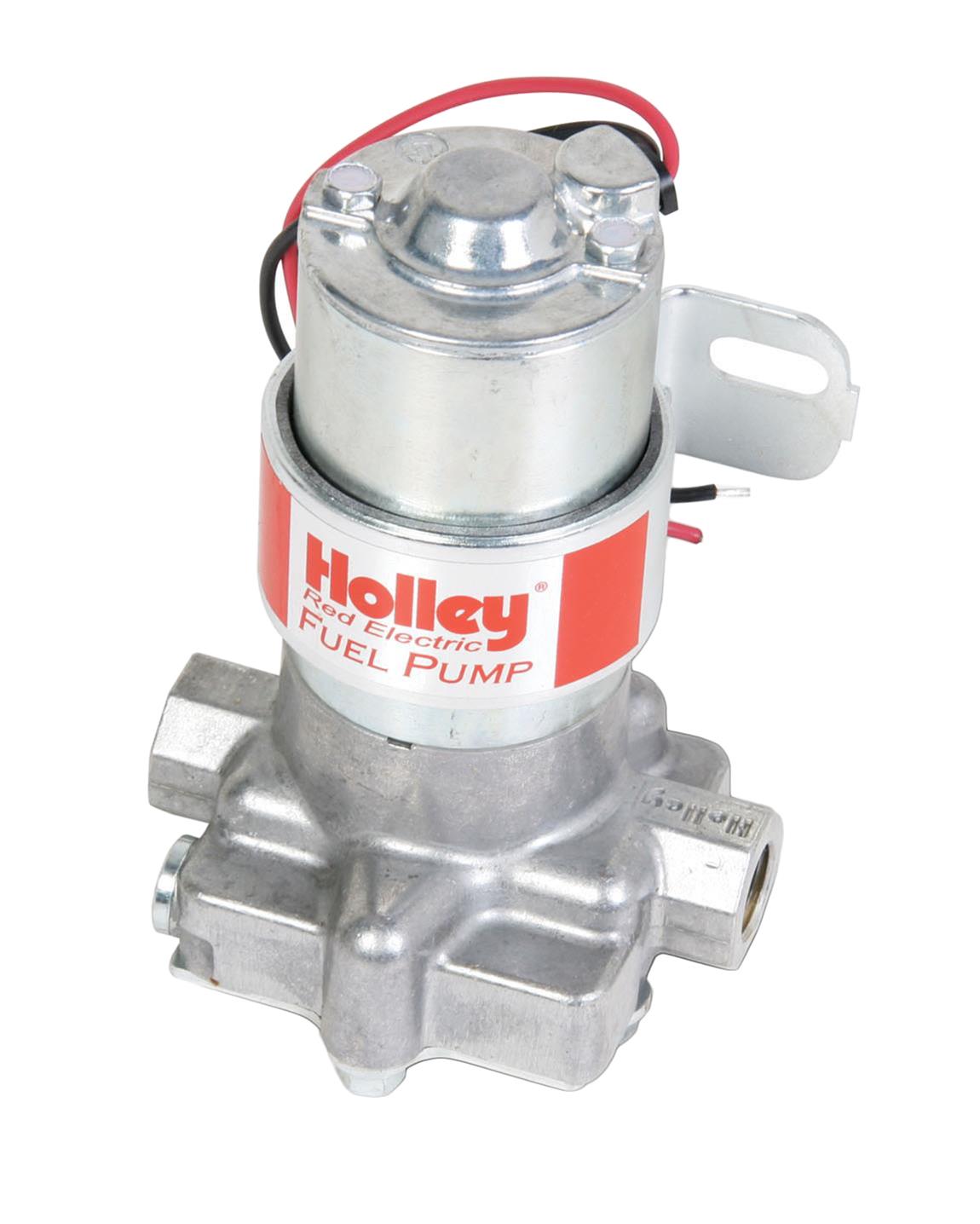Mechanical fuel pumps play a crucial role in delivering fuel to internal combustion engines. One of their key functions is to regulate the pressure of the fuel being supplied to the engine. In this blog post, we will delve into the intricate workings of mechanical fuel pumps and explore how they effectively regulate pressure to ensure optimal engine performance.
- Understanding the Basics of Mechanical Fuel Pumps:
Before we dive into the details of pressure regulation, let's first establish a foundational understanding of mechanical fuel pumps. These pumps are typically driven by the engine's camshaft or a separate eccentric shaft. They consist of various components such as a diaphragm, inlet and outlet valves, and a lever arm. - The Role of the Diaphragm:
At the heart of a mechanical fuel pump lies the diaphragm, a flexible membrane that moves up and down in response to the engine's rotation. As the diaphragm moves downward, it creates a vacuum that draws fuel from the tank into the pump. - Inlet and Outlet Valves:
To regulate the flow of fuel, mechanical fuel pumps utilize inlet and outlet valves. The inlet valve opens when the diaphragm moves downward, allowing fuel to enter the pump. Simultaneously, the outlet valve remains closed, preventing fuel from flowing back into the tank. - Lever Arm and Pressure Regulation:
Now, let's explore how mechanical fuel pumps regulate pressure. The lever arm, connected to the diaphragm, plays a crucial role in this process. As the diaphragm moves upward, the lever arm pushes against a spring, increasing the pressure within the pump. - Spring Tension and Pressure Control:
The tension of the spring determines the pressure at which the fuel is delivered to the engine. By adjusting the spring tension, the pressure regulation can be fine-tuned to meet the specific requirements of the engine. This ensures optimal fuel delivery and combustion efficiency. - Overcoming Pressure Fluctuations:
Mechanical fuel pumps are designed to compensate for pressure fluctuations that may occur due to varying engine demands. The diaphragm and spring mechanism work in tandem to maintain a consistent fuel pressure, regardless of engine speed or load.
Conclusion:
In conclusion, mechanical fuel pumps are intricate devices that effectively regulate fuel pressure to ensure optimal engine performance. By understanding the role of components such as the diaphragm, inlet and outlet valves, lever arm, and spring tension, we can appreciate the complexity involved in maintaining a steady fuel supply. The ability of mechanical fuel pumps to overcome pressure fluctuations contributes to the smooth operation of internal combustion engines.

